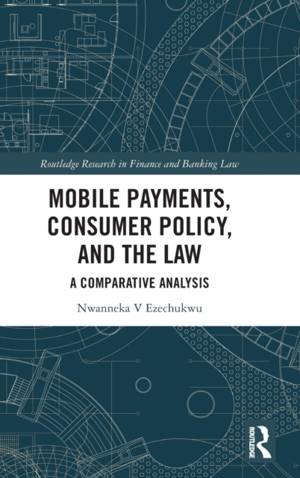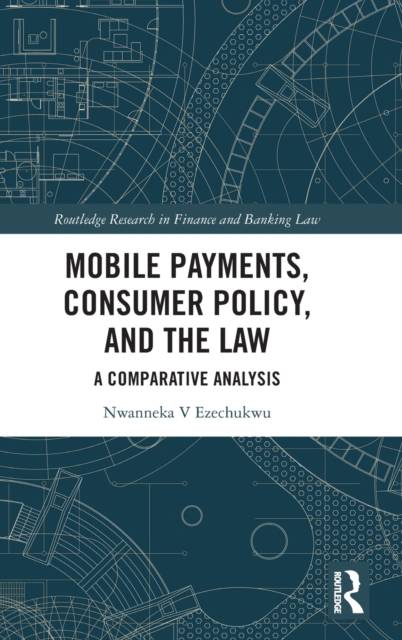
- Retrait gratuit dans votre magasin Club
- 7.000.000 titres dans notre catalogue
- Payer en toute sécurité
- Toujours un magasin près de chez vous
- Retrait gratuit dans votre magasin Club
- 7.000.0000 titres dans notre catalogue
- Payer en toute sécurité
- Toujours un magasin près de chez vous
Description
Mobile technology offers an innovative and cost-effective channel for delivering a range of financial services, including mobile payments. In some jurisdictions, mobile payments simply provide a convenient option for facilitating payment transactions. In other jurisdictions, mobile payments are viewed as potentially transformative because they present an opportunity to expand access to financial services. However, as with other innovations, mobile payments raise consumer protection concerns and require robust regulatory mechanisms to address such concerns. Against this backdrop, the book adopts a typology of consumer policy tools which can be used to address the identified consumer concerns. This typology guides the enquiry into the existing consumer protection frameworks applying to mobile payments in selected jurisdictions (Canada, Kenya, and the United Kingdom). The main objective of this endeavour is to identify best practices that national authorities seeking to leverage mobile payments and similar innovations can emulate.
This book will be of interest to policymakers, regulators, industry stakeholders, students, and scholars interested in the regulation of innovative financial services, particularly from a consumer protection perspective.
Spécifications
Parties prenantes
- Auteur(s) :
- Editeur:
Contenu
- Nombre de pages :
- 280
- Langue:
- Anglais
- Collection :
Caractéristiques
- EAN:
- 9780367347062
- Date de parution :
- 17-03-23
- Format:
- Livre relié
- Format numérique:
- Genaaid
- Dimensions :
- 156 mm x 234 mm
- Poids :
- 594 g

Les avis
Nous publions uniquement les avis qui respectent les conditions requises. Consultez nos conditions pour les avis.






